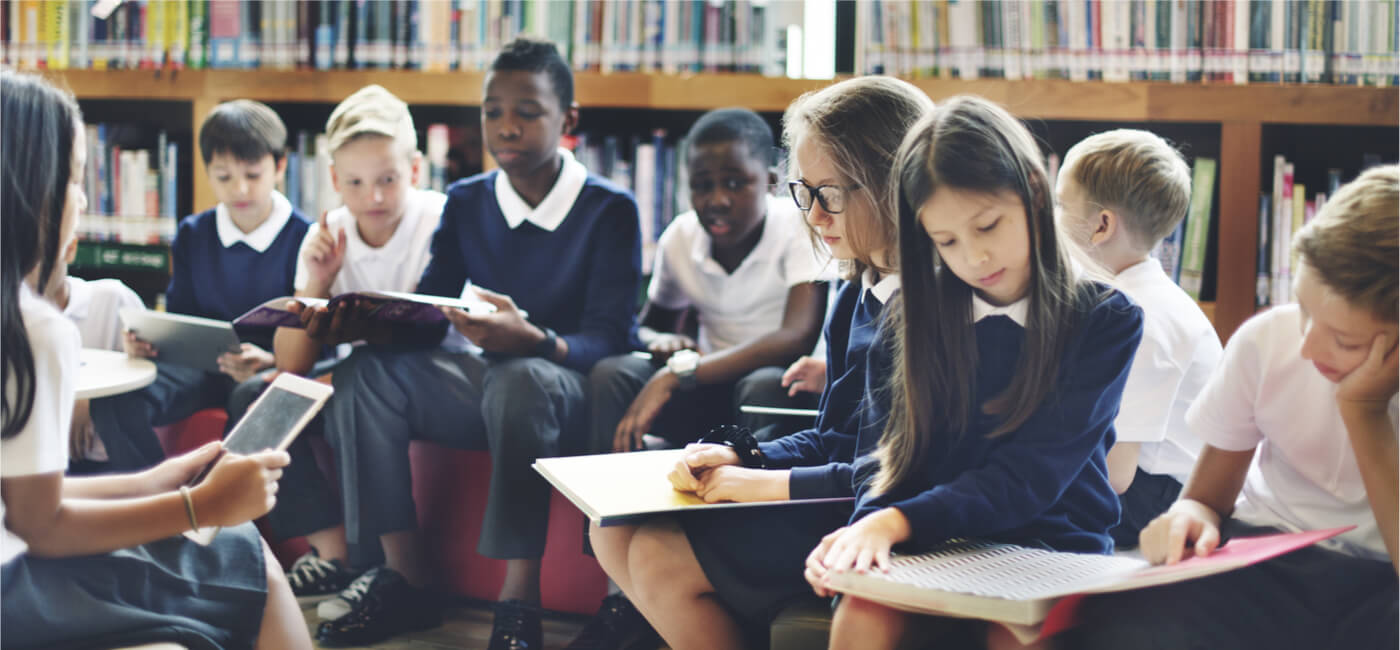End Notes
[1] Dianna Douglas, “Are Private Schools Immoral?” The Atlantic Interview, December 14, 2017, https://www.theatlantic.com/education/archive/2017/12/progressives-are-undermining-public-schools/548084/.
[2] “COVID-19 Permanent Private School Closures,” Cato Institute, accessed August 30, 2020, https://www.cato.org/covid-19-permanent-private-closures.
[3] Office of U.S. Senator Rand Paul, “Dr. Rand Paul Introduces SCHOOL Act to Empower Parents, Increase Education Options and Flexibility,” August 5, 2020, news release, https://www.paul.senate.gov/news/dr-rand-paul-introduces-school-act-empower-parents-increase-education-options-and-flexibility; Commonwealth Foundation, “Pa. Legislature Looks to Help Families with Education Expenses,” news release, July 15, 2020, https://www.commonwealthfoundation.org/policyblog/detail/pa-legislature-looks-to-help-families-with-education-expenses.
[4] John and Kimberly Beahn, et al. v. Travis A. Gayles, et al, Case 8:20-cv-02239-GJH, U.S. District Court for the District of Maryland, August 4, 2020, https://wtop.com/wp-content/uploads/2020/08/080520_school_lawsuit.pdf.
[5] Joanne Barkan, “Death by a Thousand Cuts: The Story of Privatizing Public Education in the USA,” republished by Valerie Strauss, “What and Who Are Fueling the Movement to Privatize Public Education — And Why You Should Care,” Answer Sheet (blog), Washington Post, May 30, 2018, https://www.washingtonpost.com/news/answer-sheet/wp/2018/05/30/what-and-who-is-fueling-the-movement-to-privatize-public-education-and-why-you-should-care/.
[6] U.S. Department of Education, “Table 205.80. Private Elementary and Secondary Schools, Enrollment, Teachers, and High School Graduates, by State: Selected Years, 2005 Through 2015,” 2017 Digest of Education Statistics, National Center for Education Statistics, https://nces.ed.gov/programs/digest/d17/tables/dt17_205.80.asp; U.S. Department of Education, “Table 203.20. Enrollment in Public Elementary and Secondary Schools, by Region, State, and Jurisdiction: Selected Years, Fall 1990 Through Fall 2029,” 2019 Digest of Education Statistics, National Center for Education Statistics, https://nces.ed.gov/programs/digest/d19/tables/dt19_203.20.asp; U.S. Department of Education, “West Virginia Charter Schools,” National Charter School Resource Center, accessed August 26, 2020, https://charterschoolcenter.ed.gov/category/states/west-virginia.
[7] Ibid.
[8] U.S. Department of Education, “Table 236.75. Total and Current Expenditures Per Pupil in Fall Enrollment in Public Elementary and Secondary Schools, by Function and State or Jurisdiction: 2016-17,” 2019 Digest of Education Statistics, National Center for Education Statistics, https://nces.ed.gov/programs/digest/d19/tables/dt19_236.75.asp.
[9] Martin Lueken and Robert Enlow, “K-12 Fiscal Relief in the Aftermath of COVID-19,” EdChoice, April 23, 2020, https://www.edchoice.org/engage/k-12-fiscal-relief-in-the-aftermath-of-covid-19/.
[10] Neal McCluskey, “Private Schools Face an Existential Threat,” Cato Institute, August 13, 2020, https://www.cato.org/blog/private-schools-face-existential-threat.
[11] “Arizona K-12 School Finance Statistics,” Arizona Tax Research Association (ATRA), January 2017, http://www.arizonatax.org/sites/default/files/publications/special_reports/file/breaking_down_k-12_stats_v2_0.pdf.
[12] ATRA.
[13] Laura Meckler and Hannah Natanson, “For Parents Who Can Afford It, a Solution for Fall: Bring the Teachers to Them,” Washington Post, July 17, 2020, https://www.washingtonpost.com/education/fall-remote-private-teacher-pods/2020/07/17/9956ff28-c77f-11ea-8ffe-372be8d82298_story.html.
[14] Clara Green, “The Latest in School Segregation: Private Pandemic ‘Pods,’” New York Times, July 22, 2020, https://www.nytimes.com/2020/07/22/opinion/pandemic-pods-schools.html.
[15] Avi Wolfman-Arent, “Philly Schools Forbid Graded ‘Remote Instruction’ During Shutdown for Equity Concerns,” March 18, 2020, https://whyy.org/articles/philly-schools-forbid-remote-instruction-during-shutdown-for-equity-concerns/.
[16] Matt Beienburg, Education Savings Accounts Serving Low-income Communities: The Impact of ESAs in Arizona, Part II, Goldwater Institute, November 19, 2019, https://www.goldwaterinstitute.org/wp-content/uploads/2019/11/Education-Savings-Accounts-Serving-Low-Income-Communities_web-1.pdf.
[17] “Privatization,” National Education Association, accessed September 29, 2020, http://ftp.arizonaea.org/home/16355.htm.
[18] “Board of Education Statement on ‘Learning Pods’ and Their Impact on the Community,” Denver Public Schools, August 13, 2020, https://www.dpsk12.org/board-of-education-statement-on-learning-pods-and-their-impact-on-the-community/?fbclid=IwAR157QGzgMnF-iocZtT8KDXpWmhB4zhbX6jy_DY4iVGzHDU1McGTAfzUva8.
[19] Mark Johnson, “COVID-19 Is Pushing More Teachers to Consider Retirement,” Lansing State Journal, July 13, 2020, https://www.lansingstatejournal.com/story/news/2020/07/13/covid-19-pushing-more-teachers-consider-retirement/5416434002/.











